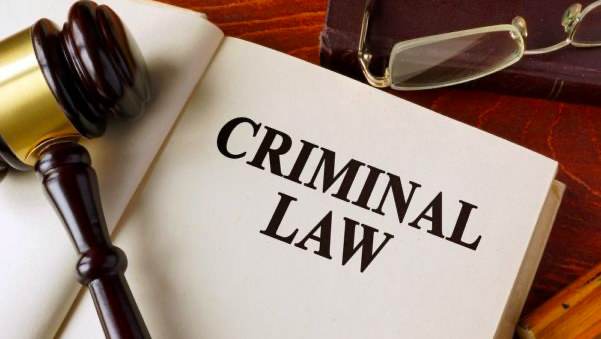Under the new criminal procedure legislation, known as Bharatiya Nagarik Suraksha Sanhita (BNSS), the Ministry of Home Affairs has released a Standard of Procedure for the audio and video recording of crime scenes as suggested guidelines.
To meet their immediate need for a handholding document, field practitioners participated in extensive brainstorming sessions that resulted in the preparation of the SOP. In order to guarantee the admission of crime scene photos and videos in a court of law, it serves as a guideline for the functional and operational aspects of the field.
The technical elements, such as the contents, analysis, and photos obtained by forensic specialists, are only superficial and not thoroughly covered.
It has now been made clear that the SOP is a set of recommended guidelines that are shared for use by law enforcement and police units in states and central organizations. However, the states and central police organizations are free to expand upon this basic structure in accordance with their unique requirements and the need for special acts that are dependent on these procedural laws.
KEY HIGHLIGHTS OF THE SOP:
The two parts of the Standard Operating Procedure (SOP) are the Standing Operating Procedure for Videography in Investigative Compliance & Seizure of Electronic and Digital Devices Found as Part of Investigation and General Police Procedures for Videography.
- For the public to have faith in the police to accurately and truthfully document and preserve crime scenes, they need to be equipped with basic technology and the right training.
- By abiding by the general guidelines provided, state units and central police organizations will improve the environment of evidence gathering through audio-video recording.
- The investigating officer should follow a systematic procedure while entering the crime scene to ensure that no important evidence is overlooked.
- Independent witnesses, who could or might not be government representatives, will be present during the search. When conducting a search, police officers may also be mentioned as witnesses if no witnesses are present. The witnesses who are also known as Panch Witnesses are required to sign the seizure memo.
- Because they are admissible evidence, seizure memoranda pertaining to objects that were collected at the accused’s request should be properly drafted.
- For official criminal investigation purposes, only digital cameras and audio video recorders that have been approved and provided by the department may be utilized.
- There must be no breaks during the whole filming of the show. Additionally, it is mandatory for all members of the first responder or forensic teams to remain silent and refrain from talking during the videography process to prevent the defense from using it to undermine the integrity of the investigation. The same is anticipated of the in attendance witnesses.
- The officer in charge of the police station must provide the following: video recordings of crime scenes, records of searches and seizures, information relevant to cases that qualify for a formal complaint (FIR), and orders on the custody and disposal of property.
- Both the handler (or manager) and an expert must certify each audio-video recording made as part of procedural compliance, investigative compliance, and the seizure of pertinent digital evidence.
- As required by the New Criminal Laws, the states must provide for the additional needs of police stations regarding audio-video recording. These needs include a dedicated desktop for the Evidence Specialist, Data Manager, Information Assistant, and First Responders; a vehicle specifically designed to transport digital forensic experts and first responders to the crime scene; a room specifically designated for forensic teams and first responders; and storage facilities at data centers for parallel storage.
- Many central and state units have previously built an Android, iOS, or MS-based program that is backed by a web application. However, with the introduction of the New Criminal Laws, NCRB is now introducing a cloud-based audio/video recording application through “e-Sakshya” that will be integrated with CCTNS-2.0.
- The eSakshya Platform integration will be mandatory for states.
“PRIME LEGAL is a full-service law firm that has won a National Award and has more than 20 years of experience in an array of sectors and practice areas. Prime legal falls into a category of best law firm, best lawyer, best family lawyer, best divorce lawyer, best divorce law firm, best criminal lawyer, best criminal law firm, best consumer lawyer, best civil lawyer.”
WRITTEN BY: ABHISHEK SINGH


